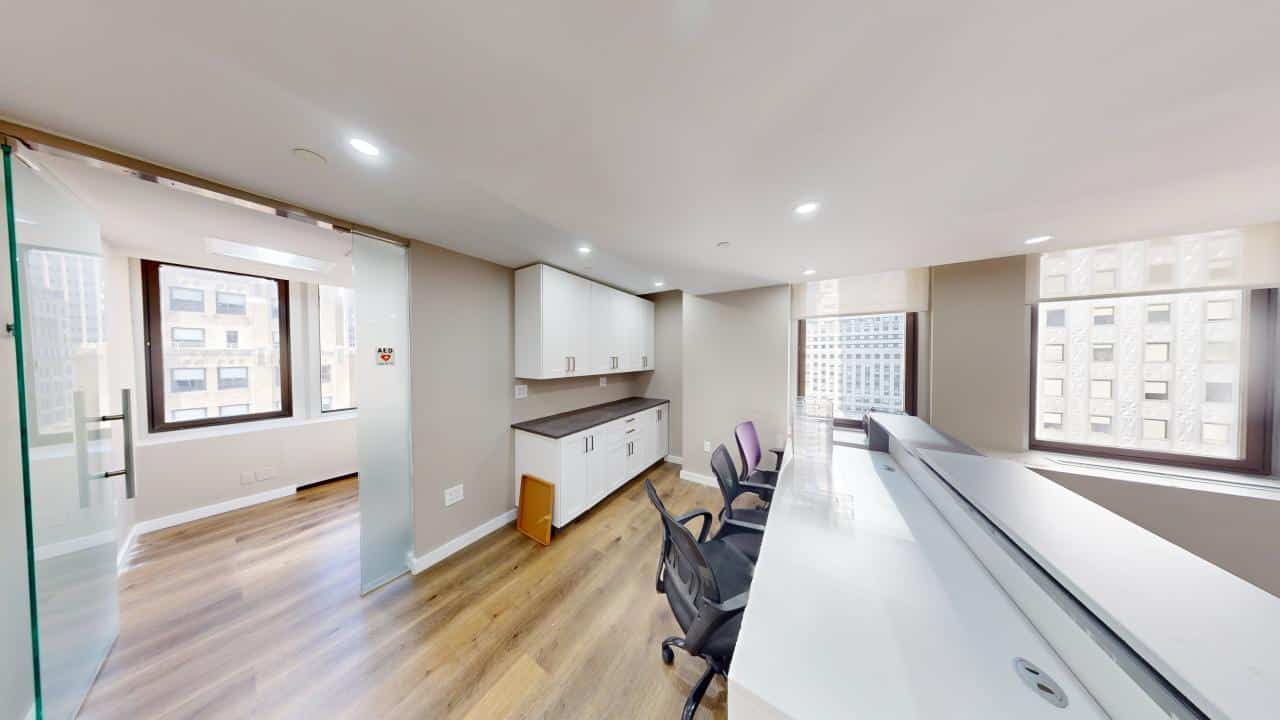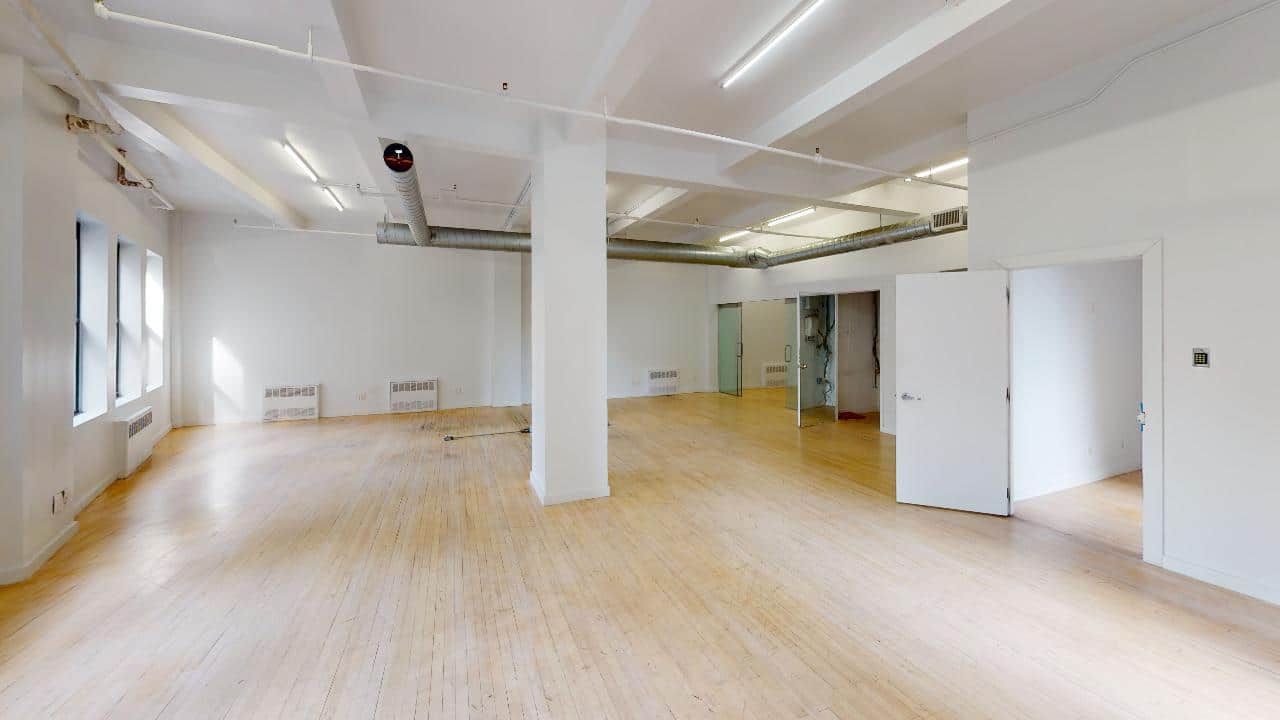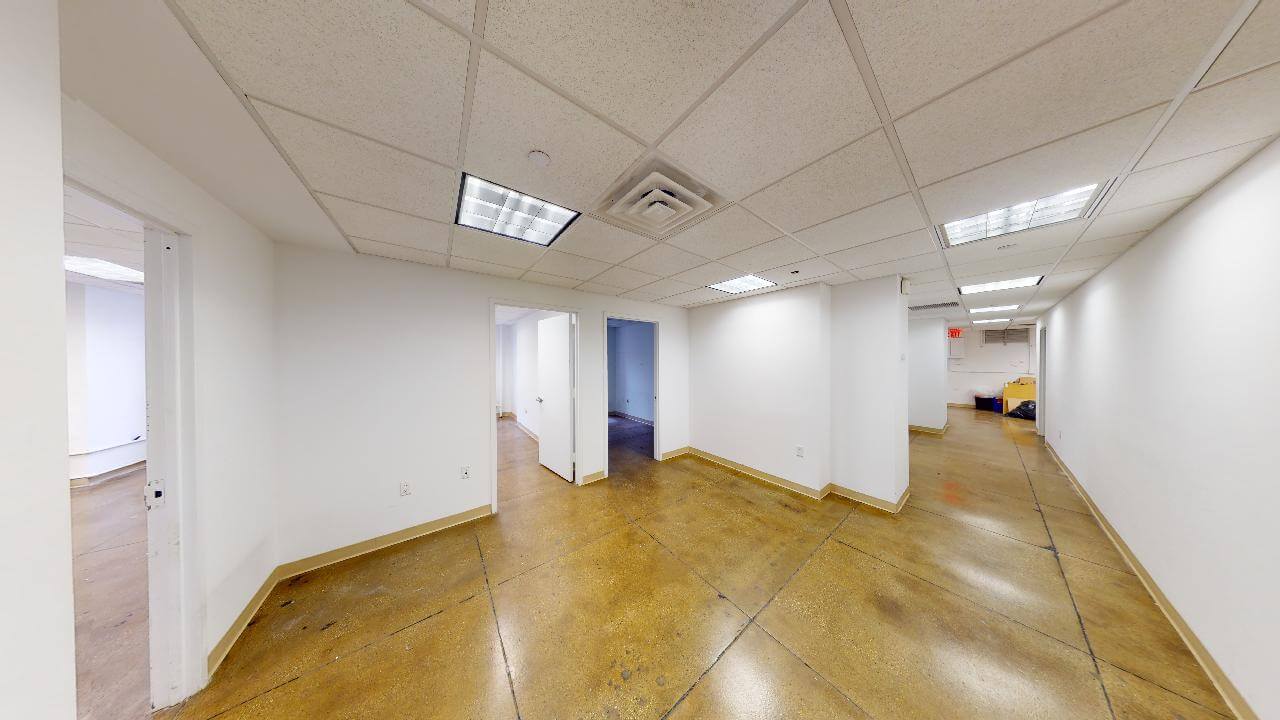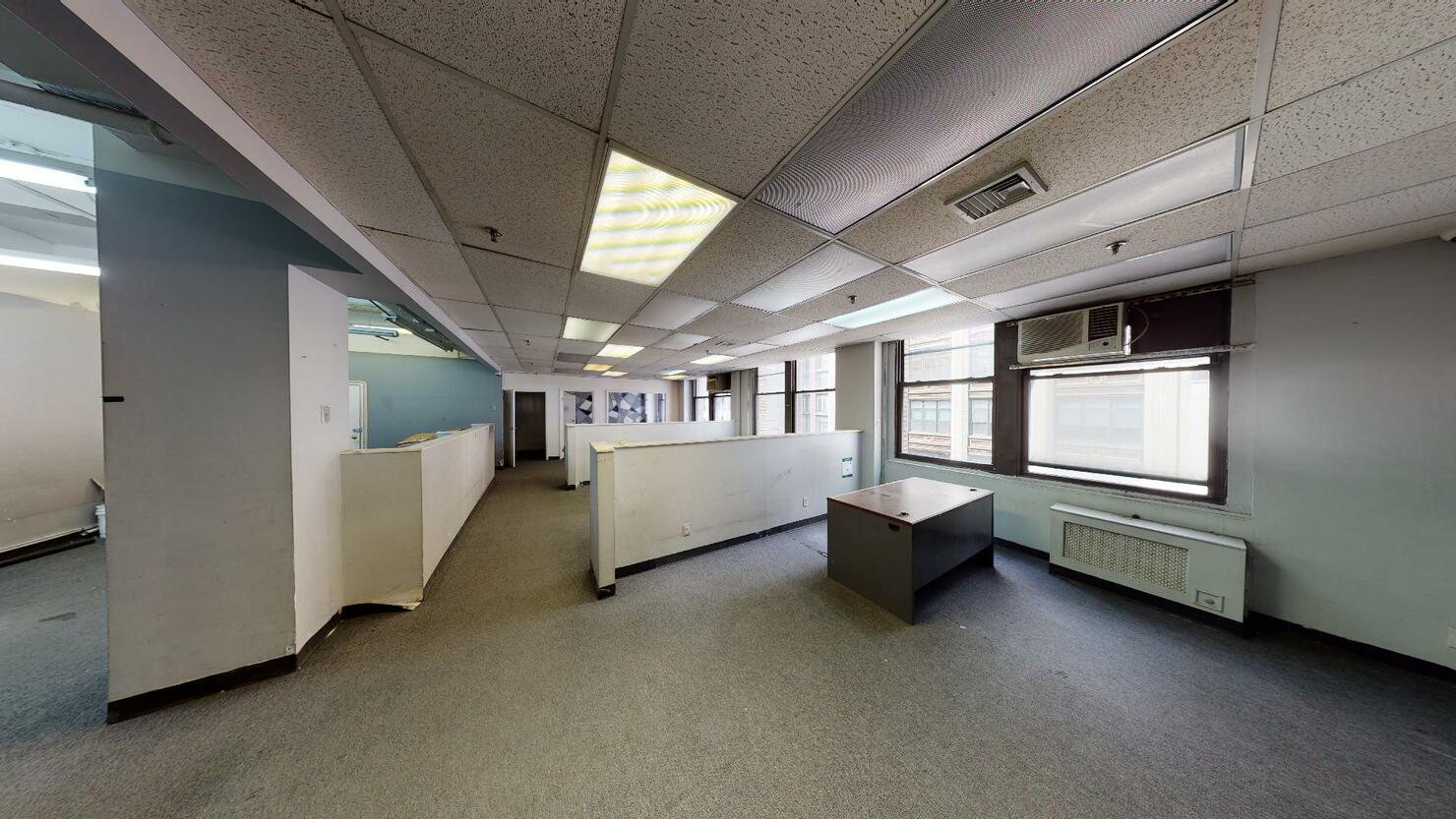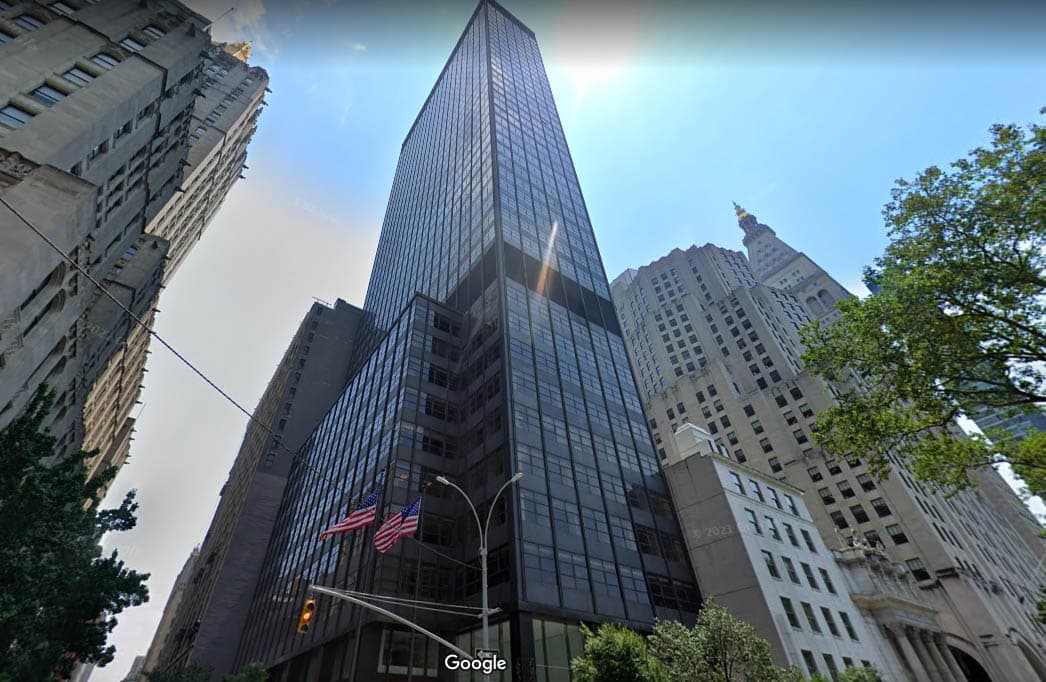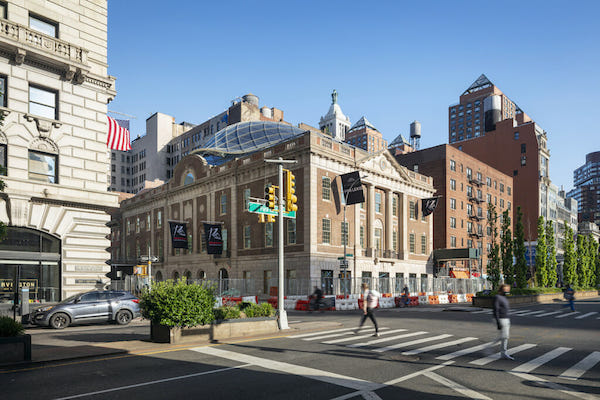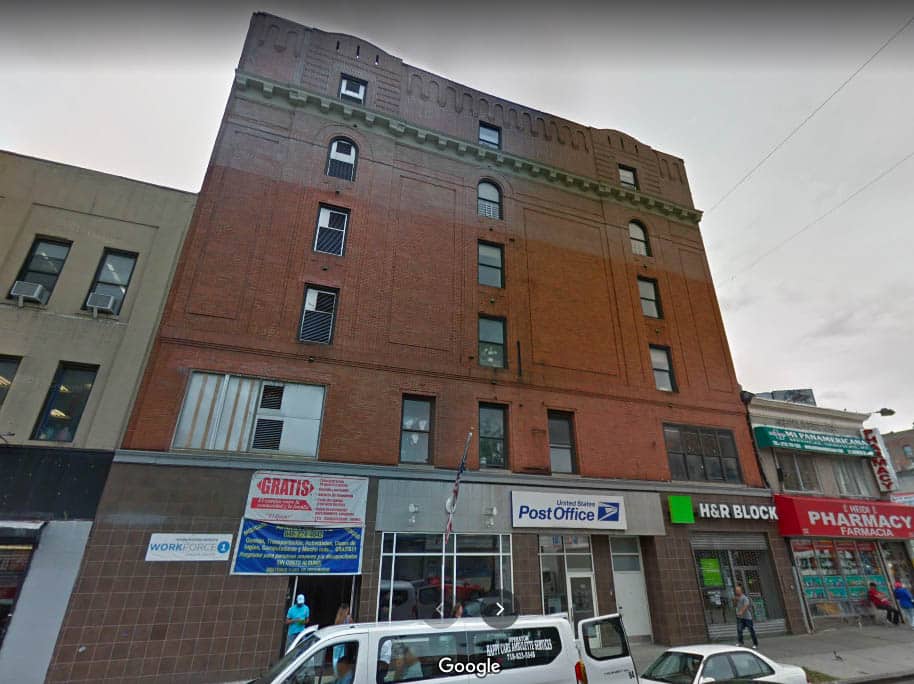Before the pandemic, office spaces became more open, flexible, technologically advanced, and crowded. Remote work was not widespread, particularly for traditional office sectors such as financial services or banking. Available office space was scarce, especially in New York City. Demand for quality office space in busy business districts fueled development and redevelopment in neighborhoods like Hudson Yards, Chelsea, Flatiron, and other boroughs. But how relevant is the traditional building classification system in this evolving context?
Fast forward to now, and the times have changed. The disruptions of 2020 have put the spotlight on how we classify these office spaces. As work habits shift dramatically, we have to ask: Is our current building classification system still relevant? Or is it time for a complete overhaul?
The Transformation of Commercial Real Estate in 2020
History will never forget the year 2020 for various reasons, not the least of which is its profound impact on commercial real estate. While the challenges brought on by the pandemic were plenty, they also ushered in new opportunities, redefining what ‘office space’ means in a rapidly changing world.
The Shift to Remote Work and Its Effect on City Office Spaces
When the coronavirus pandemic reared its head in the U.S., it did more than introduce us to social distancing and mask mandates—it reshaped workplace dynamics. Giants of the corporate world like Facebook, Twitter, and Salesforce embraced remote work, announcing that their employees could continue working from home indefinitely. The repercussions of this seismic shift were felt deeply in real estate, especially in bustling business hubs.
A Focus on New York City
New York City, synonymous with towering office buildings and the hustle and bustle of corporate life, witnessed a drastic decline in leasing activities. Research from JLL paints a stark picture: Leasing of Class A Manhattan office space plummeted by 75% in 2020, with a mere 60 deals signed for rents north of $100 per square foot. At first glance, one might surmise that Manhattan’s allure as a premier office destination had dwindled.
Yet, if we venture beyond the confines of Class A spaces, we find a narrative brimming with resilience and adaptability. The whole story is more complex than the initial numbers suggest.
The Evolution of U.S. Commercial Office Spaces
A tiered classification system based on various characteristics traditionally categorized U.S. commercial office buildings. However, the disruptions of 2020 brought unprecedented changes that reshaped both office dynamics and leasing opportunities, especially in New York City.
Understanding Office Space Classifications
In commercial real estate, buildings receive stature from location, amenities, and completion dates. Class A office spaces are at the pinnacle, the darlings of major corporations and large enterprises. These prime spots come with a hefty price tag, especially in Manhattan. Coveted neighborhoods like Hudson Yards or the Plaza District often demand $100+ per square foot.
Opportunities for Emerging Businesses
While Class A spaces are the epitome of luxury, they’re not within reach for everyone. Startups and smaller businesses frequently turn to Class B or Class C properties. These might lack the shimmer of their Class A counterparts. Still, they offer the affordability and accessibility vital for growing entities.
NYC’s 2020 Real Estate Transformation
2020 was a whirlwind year that left its mark on the New York City real estate market. A slowdown in leasing activity meant that asking rents across building classes took a dip. This shift unlocked unprecedented opportunities for smaller players. Areas once reserved for the top tier, like the Financial District, Madison, or Fifth Avenue, were suddenly within grasp for startups and mid-sized firms.
Beyond Class A: The New Age of Office Spaces in Manhattan
The winds of change have blown through Manhattan’s real estate landscape. While the decline in prices and a tenant-centric market present opportunities for emerging businesses, it’s evident that the traditional office building classification system seems outdated. With the evolving demands of modern businesses, especially in light of a post-pandemic world, there’s a clarion call to redefine what we understand about office space classifications.
Challenging the Traditional Classification System
A recent insight from Propmodo highlights an intriguing trend: the ‘flight to quality’ brought about by the pandemic has sparked a rethink of our longstanding building classification system. It’s becoming clear that Class A doesn’t represent the pinnacle it once did. Over recent years, this classification has seen diversification, with a spectrum of value emerging.
Introducing New Classifications
The commercial real estate lexicon has grown to include terms like ‘trophy office space,’ ‘Class A+,’ ‘Class A.A. or AAA,’ and even ‘ultra-luxury.’ These aren’t just fancy tags; they indicate properties that extend beyond the traditional parameters of Class A, offering a suite of added amenities and, naturally, a heftier price tag.
The Modern Tenant’s Wishlist
Today’s tenants clearly prefer the more advanced Class A+ spaces. Why? The answer lies in the heightened need for innovative features prioritizing health and safety in our current climate. State-of-the-art technologies ensuring social distancing, advanced air filtration, HVAC systems, smart disinfection techniques, temperature scanning apparatus, and energy efficiency are more than perks. For modern businesses, they are essentials, making the office a sanctuary for their workforce.
The Key Takeaway: Is it Time to Rethink A-B-C Building Classes?
The traditional A-B-C building classification system, long used to define U.S. commercial properties, now appears outdated. The widening chasm in amenities and prices within the Class A category alone signals this shift. In fact, Propmodo notes a difference. Class A+ spaces can be 15% more expensive than standard Class A.
However, here’s an issue. Experienced brokers differentiate Class A and A+ easily. Yet, potential tenants often feel lost. Why? There’s no clear line within the Class A range. So, brokers create their own categories.
Clearly, the real estate sector is changing. A more transparent system is needed. One that aligns with everyone’s understanding. So, at this crucial juncture, what will the industry’s next move be?

